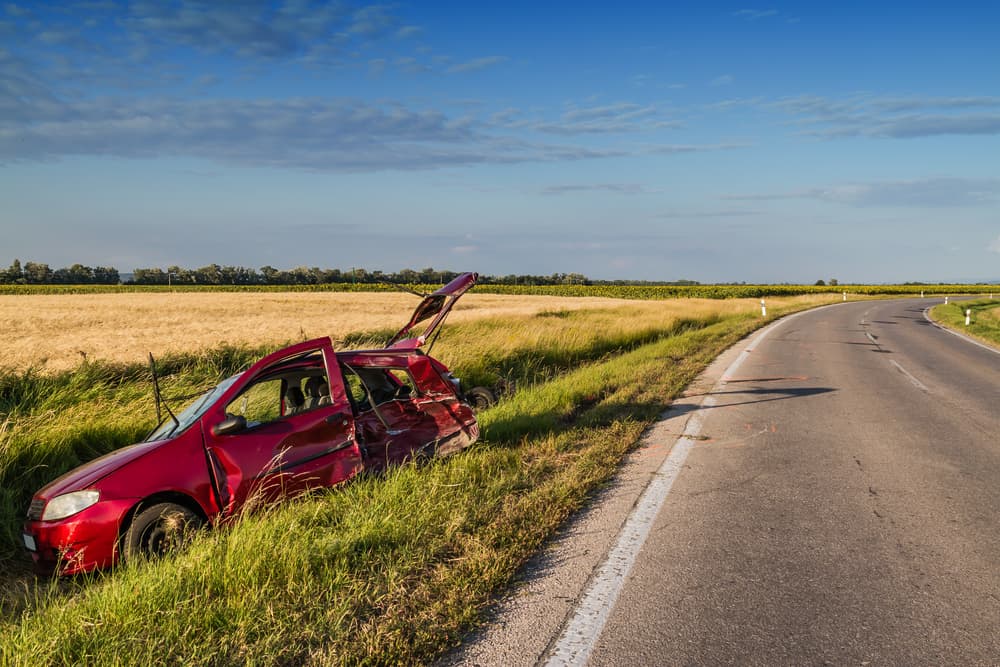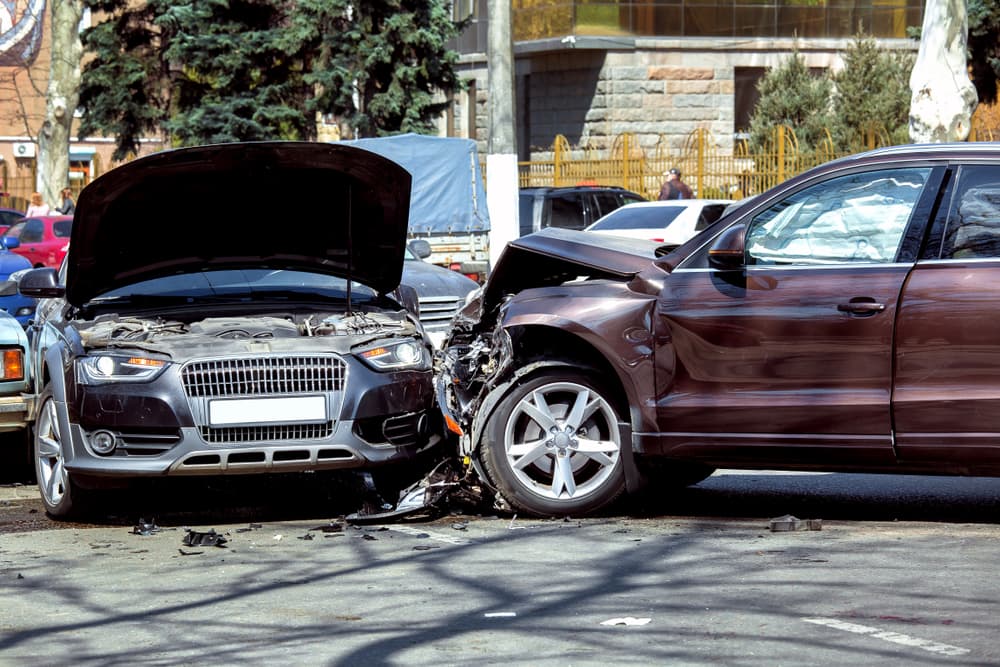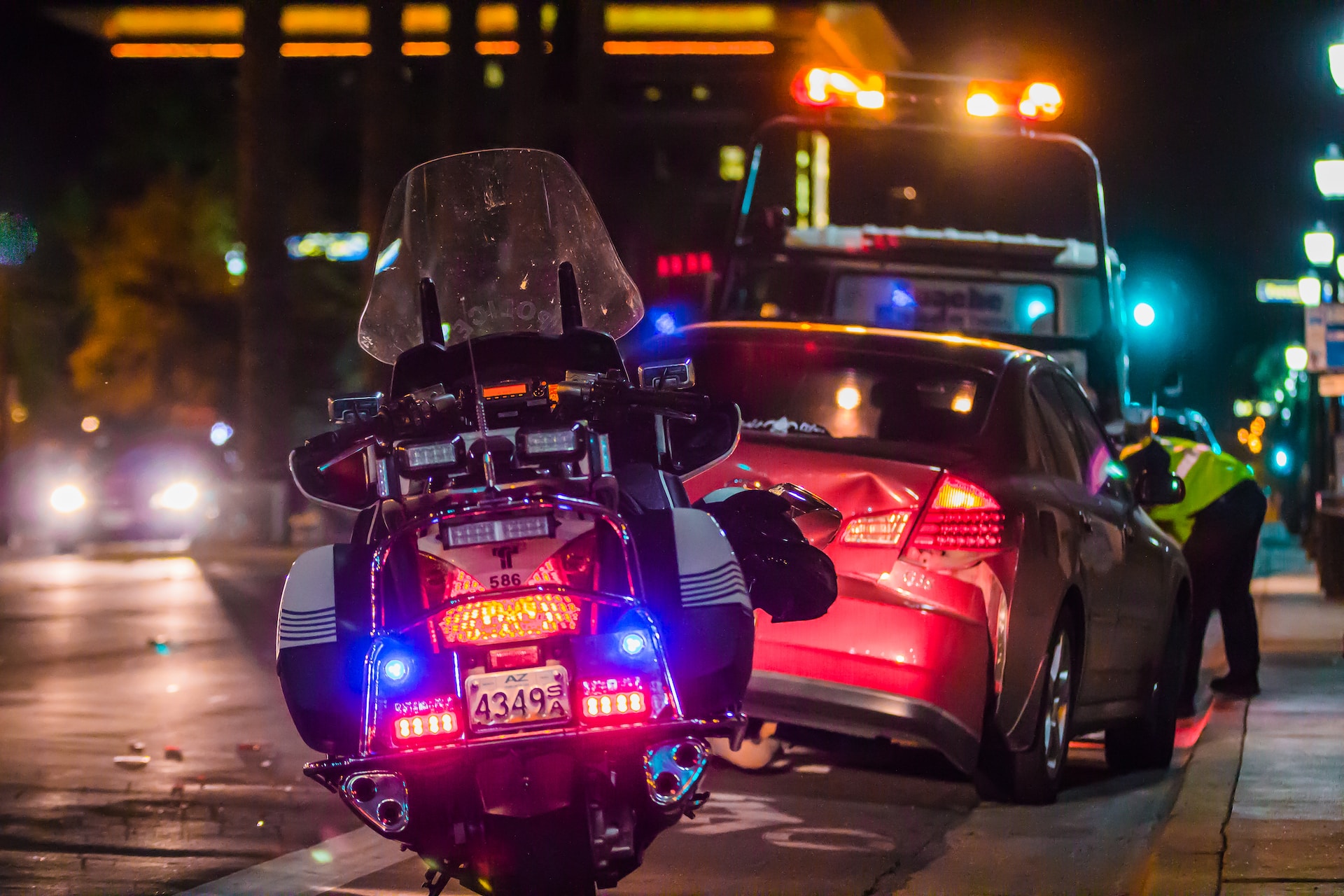Madison is the state capital of Wisconsin, with a population of nearly 270,000 people. It is also home to the University of Wisconsin-Madison, which enrolls 35,184 undergraduate, 9,993 graduate, 2,046 special, and 2,663 professional students in 2022.
This busy capital city and college town also has the second-highest rate of car accidents in Wisconsin, topped only by Milwaukee.
Data collected by the City of Madison in its Crash Facts report notes there were 3,161 car accidents in Madison in one recent year, 15 of them fatal. Car accidents occurred most often in Madison at intersections, by far, followed by highway crashes, non-intersection crashes, and roundabout crashes. There were also 77 recorded bicycle-motor vehicle crashes and 66 pedestrian-motor vehicle crashes.
These statistics don’t include car accidents that occurred on private property or roads maintained by the University of Wisconsin.
The Madison car accident attorneys at Pemberton Personal Injury Law Firm have years of experience representing clients injured in car accidents. It is our goal to help you recover the compensation you deserve for your injuries, damages, and losses after a crash.
From our offices in Madison, we help people throughout Wisconsin. We navigate the complex legal system on your behalf, allowing you to focus on your recovery while we handle the legal aspects of your case.
In our practice, we’ve seen thousands of car accidents at locations throughout Madison and Wisconsin. Let’s take a closer look at where car accidents occur most often in Madison, and what to look out for.
Car Accidents at Intersections
By far, car accidents at intersections were the most common type of car accidents in Madison. In 2023, nearly 1,200 car crashes occurred at intersections.
In Madison, the top three locations for intersection car accidents are East Broadway and South Stoughton Road, followed by Buckeye Road and South Stoughton Road, and North Stoughton Road and East Washington Avenue. What makes intersections such a dangerous location for car accidents?
Intersections bring vehicles from different directions together, increasing the chances of collisions. Drivers must interpret and follow traffic signals, signs, and right-of-way rules, which can lead to mistakes or violations.
Also, things like buildings or parked cars can obstruct drivers’ view, making it difficult to see oncoming traffic. Poor weather like rain or fog can also reduce visibility and traction where lots of vehicles come together, making intersections riskier.
Vehicles at or approaching an intersection may be traveling at different speeds, and sudden stops or acceleration can lead to rear-end collisions, especially if drivers are distracted. Phones, changing the radio station, eating – all types of distractions while driving can pull attention from the road and increase the risk of a crash.
Intersections also often involve not only cars but pedestrians and cyclists, leading to more potential conflicts.
10 Tips to Safely Navigate an Intersection to Avoid a Car Crash
- Obey traffic signals and signs: Always adhere to traffic signals, stop signs, and yield signs. They provide clear instructions for the right of way.
- Scan the intersection: Before entering, look in all directions for oncoming traffic, pedestrians, and cyclists. Always yield to pedestrians in crosswalks and be alert for them at all times, especially when turning. Check your blind spots. When the light turns green, ensure that the intersection is clear before proceeding to avoid a collision with vehicles that might run a red light.
- Reduce speed: Slow down as you approach the intersection, especially if you see a yellow light or potential hazards.
- Maintain a safe following distance: Keep a reasonable distance from the vehicle in front of you to allow time for sudden stops.
- Use turn signals: Indicate your intentions by using turn signals well in advance to alert other drivers of your next move.
- Avoid distractions: Keep your focus on driving and avoid using your phone, texting, wearing headphones or engaging in other distractions.
- Be cautious on left turns: Left-turn accidents are common. Ensure it’s safe to turn left before proceeding and yield to oncoming traffic.
- Stay in your lane: Maintain your lane position, especially in multi-lane intersections, and avoid drifting into other lanes.
- Be patient: Sometimes, it’s better to wait a moment longer for a clear path than to rush through the intersection.
- Anticipate other drivers’ actions: Try to predict what other drivers might do and be prepared to react accordingly.
Car Accidents on Highways and Surface Streets

Highways typically have higher speed limits, leading to more severe collisions when accidents occur. Surface streets throughout the city can be congested, providing opportunities for car accidents when drivers get in a hurry or lose focus.
The most common type of accident reported by the City of Madison in highway crashes and non-intersection crashes on surface streets is rear-end collisions, followed by sideswipe accidents.
Rapidly changing traffic speeds can increase the risk of rear-end collisions, while frequent lane changes and merging traffic contribute to sideswipe and merging accidents.
Drivers on highways may be tempted to use phones or engage in other distractions due to the monotony of long stretches of road. Long highway trips especially can lead to driver fatigue, impairing reaction times and decision-making.
A highway offers limited escape routes, with vehicles all traveling at high speed. A driver who does not pay attention will have little time to change course and few options for places to go to avoid a crash.
The presence of large trucks and buses on highways increases the risk of severe accidents, especially in collisions involving smaller cars.
On both highways and surface roads, weather conditions such as rain, snow, and fog, can reduce visibility and traction, making it hard to see danger and stop in time. Debris, potholes, and uneven road surfaces can also lead to loss of control or damage to vehicles, with drivers swerving to avoid obstructions and leaving their lane or stopping abruptly.
Some drivers may exhibit aggressive behaviors on highways and other roadways, such as tailgating and road rage, which can escalate into accidents.
Six Tips to Avoid a Highway Car Accident
- Obey speed limits: Stick to the posted speed limits and adjust your speed to road and weather conditions.
- Stay alert: Avoid distractions and stay mentally engaged while driving on the highway.
- Maintain a safe following distance: Keep a safe distance from the vehicle in front of you to allow for sudden stops.
- Use signals: Indicate your intentions clearly with turn signals and lane changes.
- Plan rest stops: Take breaks to combat fatigue during long highway journeys.
- Stay calm: Avoid aggressive driving behaviors and maintain a calm demeanor on the road.
Car Accidents in Roundabouts
Who likes a roundabout? In the United States, roundabouts have become more common in recent years, but they are still not as widespread as traditional intersections or traffic signals.
Motorists unfamiliar with roundabouts may not understand how to yield to traffic, making car accidents more common occurrences at these traffic points.
Roundabouts and traffic circles are similar in concept, but there are some differences.
Traffic circles are older designs that were common in the early 20th century. They typically have multiple lanes, often with stop signs or traffic signals controlling entry. They are less efficient and more prone to congestion and accidents compared to roundabouts.
Roundabouts are modern, safer versions of traffic circles. They feature a one-way circular roadway with yield signs at entry points. Vehicles in the roundabout have the right-of-way. Roundabouts reduce speed and improve traffic flow while minimizing the risk of severe accidents. They often include landscaping in the center.
The adoption of roundabouts in the United States has been growing because they offer several advantages, including improved safety and traffic flow. However, their prevalence can vary by region.
Some states and municipalities have embraced roundabouts more than others. They are often used in areas with high traffic volumes and a history of accidents at traditional intersections.
When encountering a roundabout or traffic circle, you need to know the right-of-way rules and yield to vehicles already in the circle.
10 Tips for Safely Navigating a Roundabout to Avoid a Car Accident
- Yield to vehicles inside: When entering a roundabout or traffic circle, yield the right-of-way to vehicles already in the circle. Wait for a safe gap before entering. Be patient. If traffic is heavy, wait for a suitable gap before entering the roundabout.
- Use turn signals: Indicate your intentions by using your turn signals when approaching and exiting the roundabout. This helps other drivers predict your movements.
- Choose the correct lane: Approach the roundabout in the appropriate lane based on your intended exit. If turning right, stay in the right lane; if going straight or making a left turn, use the left lane.
- Stay in your lane: Maintain your lane position within the roundabout. Do not change lanes while inside unless road markings indicate otherwise.
- Reduce speed: Slow down as you approach the roundabout. Most roundabouts have a lower speed limit posted, which is typically between 15-25 mph (24-40 km/h).
- Watch for pedestrians and bicycles: Be attentive to pedestrians using crosswalks near the roundabout. Yield to them and allow them to cross safely. Some roundabouts have designated bicycle lanes or crossings. Be aware of cyclists and yield to them when necessary.
- Avoid stopping inside: In a properly designed roundabout, you should not need to stop while inside the circle. Keep moving at a safe speed.
- Exit smoothly: As you approach your exit, use your turn signal, check for other vehicles and pedestrians, and exit the roundabout safely.
- Stay alert: Pay attention to other drivers’ actions, especially if they fail to yield or make unexpected maneuvers.
- Practice defensive driving: While roundabouts are designed for safety, not all drivers may follow the rules. Always drive defensively and be prepared to react to unexpected situations.
Establishing Liability in a Car Accident
Despite your best efforts, you’ve been in a car accident. It’s always a good idea to talk to a personal injury lawyer after a crash, especially if it involves serious injuries.
A skilled car accident lawyer can conduct a thorough investigation of the accident and collect evidence such as witness statements, accident reports, and any available surveillance footage to establish liability. They can enlist accident reconstruction experts who can provide professional opinions on who is at fault.
Because Wisconsin follows an at-fault or tort system for car accidents, the driver who is determined to be at fault for the accident is responsible for covering the damages of the other parties involved. If the other party’s insurance company disputes liability, your attorney can negotiate on your behalf or take the case to court if necessary to ensure your rights are protected.
Wisconsin also follows a modified comparative negligence rule. This means that if you are partially at fault for the accident, you can still recover damages, but your award may be reduced by the percentage of fault assigned to you. For example, if you are found to be 51 percent or more at fault, you may not recover compensation.
Insurance companies and legal processes can be complex, so it is smart to enlist the help of a Madison car accident lawyer to represent you. Our legal team has years of experience in dealing with insurance companies, so we know what to expect and how to negotiate. An attorney can help protect your rights and guide you through the process of seeking compensation for your losses.
How Long Do I Have to File a Car Accident Claim?
In Wisconsin, plaintiffs must file personal injury claims within three years of the injury. When the statute of limitations expires, you cannot pursue the claim in court. Exceptions or factors could affect the time limit for filing a car accident claim.
An experienced Madison personal injury attorney can advise you about filing deadlines and any special limitations for your specific case. Gathering evidence to build your case can also take time, so don’t wait to find legal counsel to help you with your claim.
Contact a Car Accident Lawyer at Pemberton Personal Injury Law Firm

If a car accident seriously injured you or killed someone you love, you don’t have to navigate the legal complexities alone. The experienced personal injury attorneys from Pemberton Personal Injury Law Firm are here to assess your case and advocate for your rights.
Our skilled team of Madison personal injury attorneys will fight to get you the compensation you deserve. We make it our priority to get to know our clients and their cases so we can best represent you. We have offices in Madison and represent clients throughout Wisconsin.
Arrange for a consultation with one of our car accident lawyers by calling (608) 448-6242 or filling out our online contact form. There is no cost or obligation when you meet with us. Let us help you!
 Calls Answered 24/7
Calls Answered 24/7









